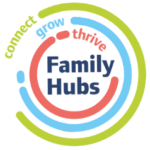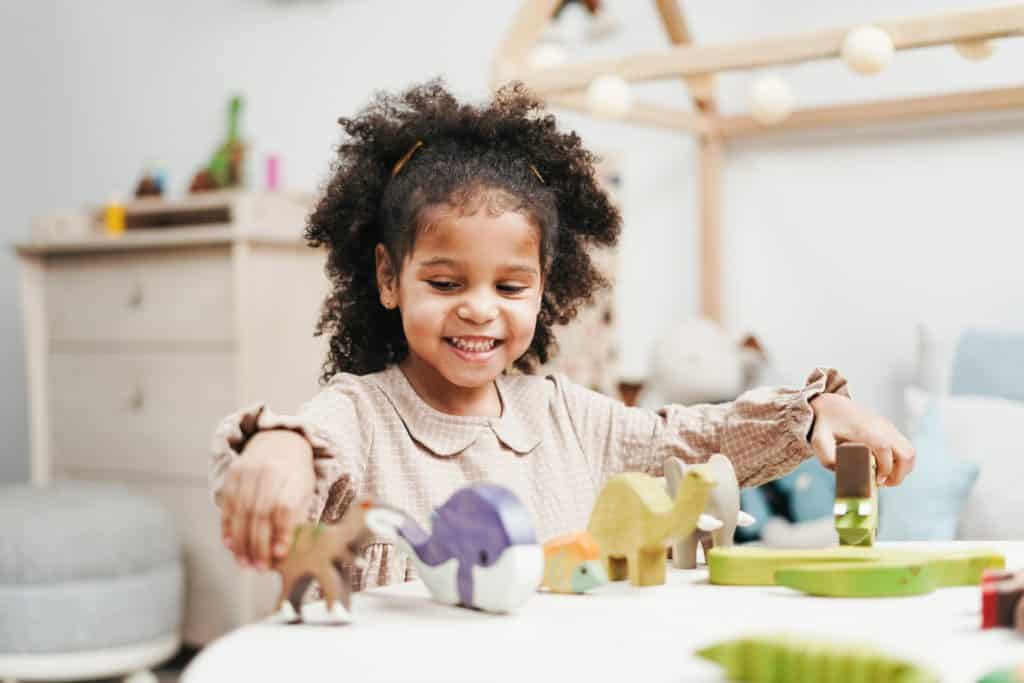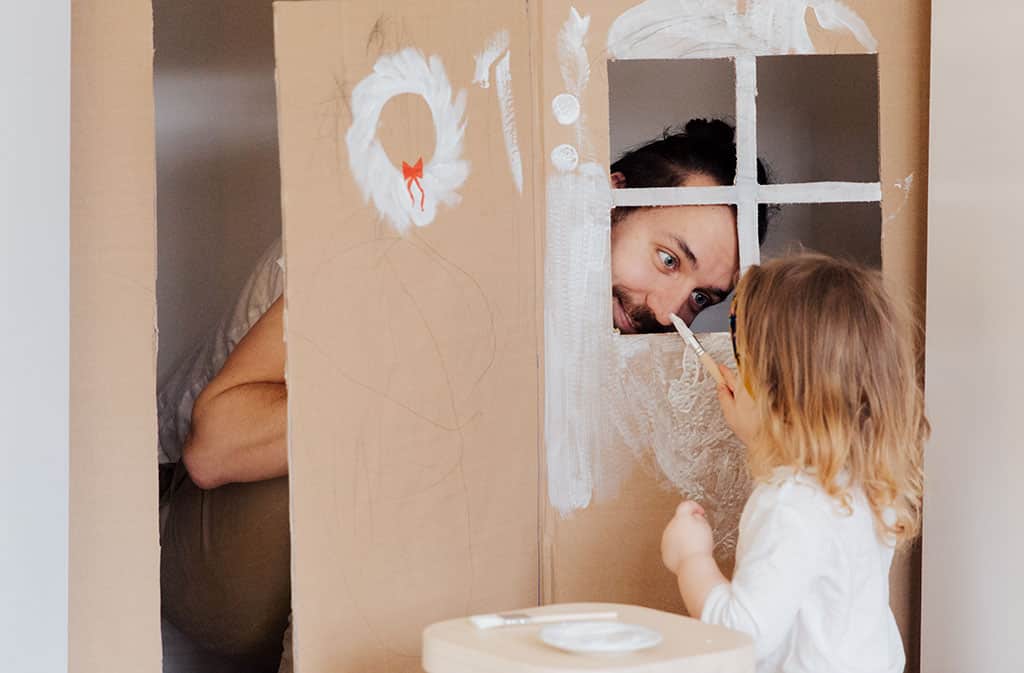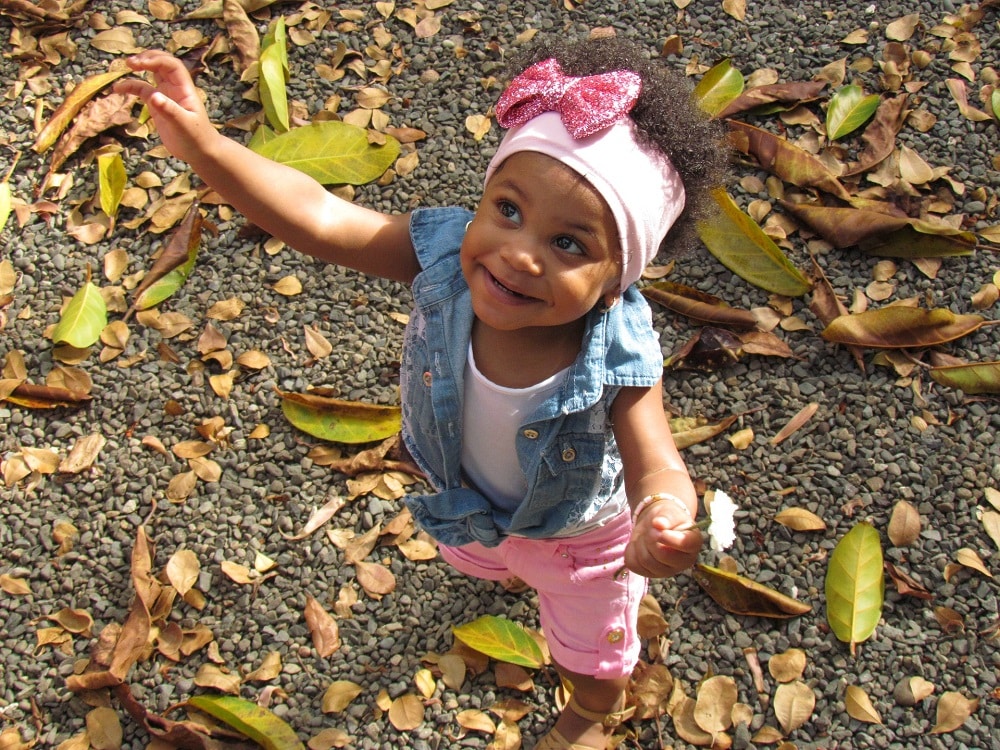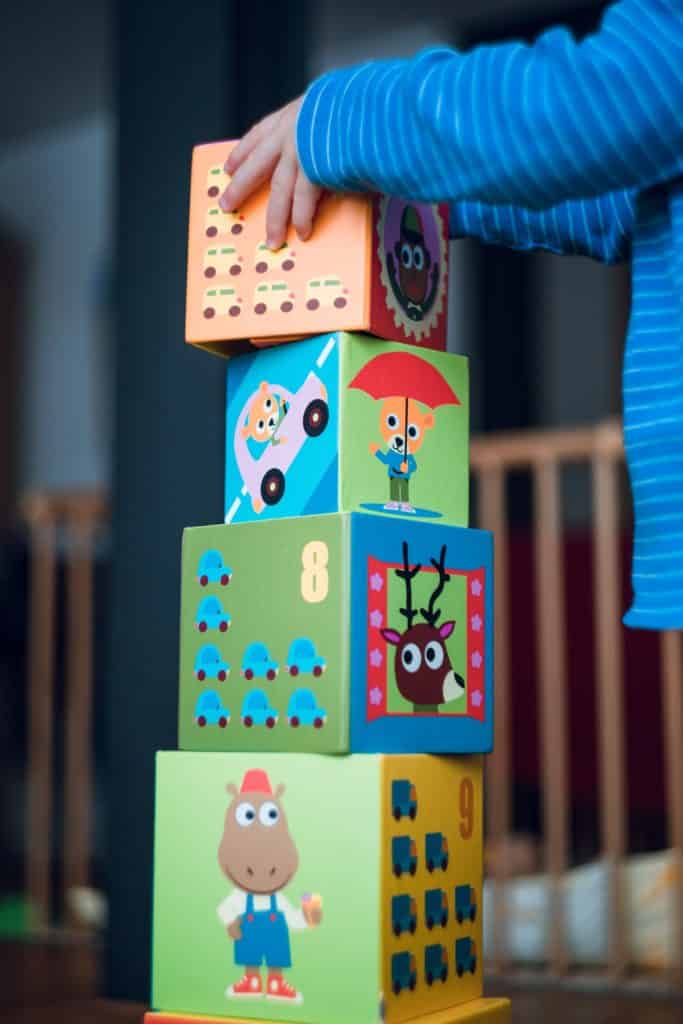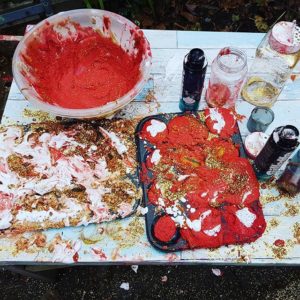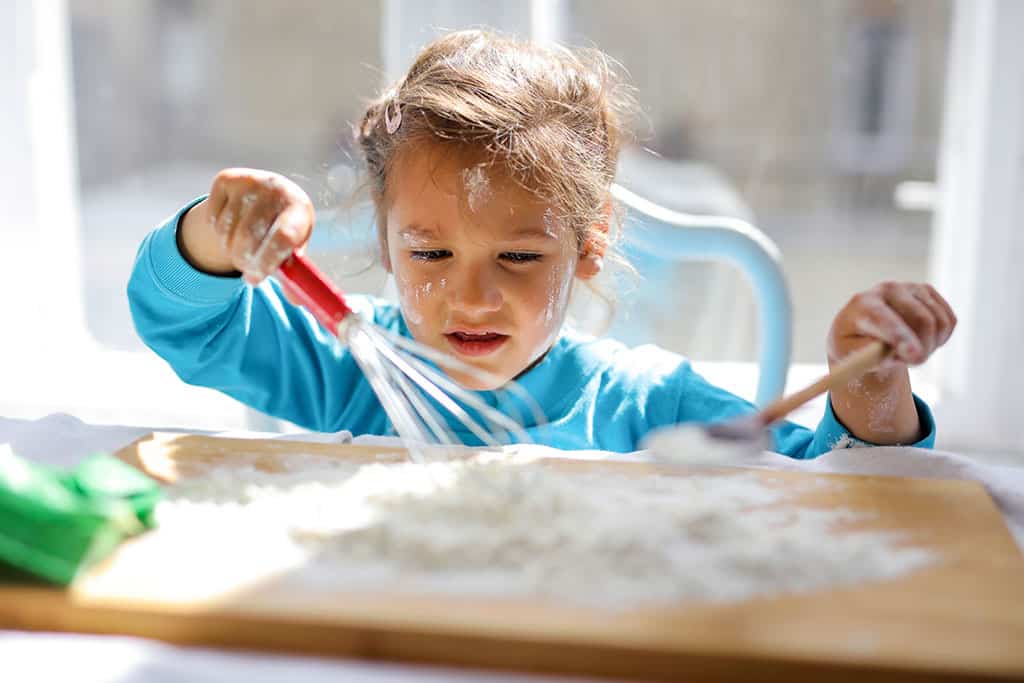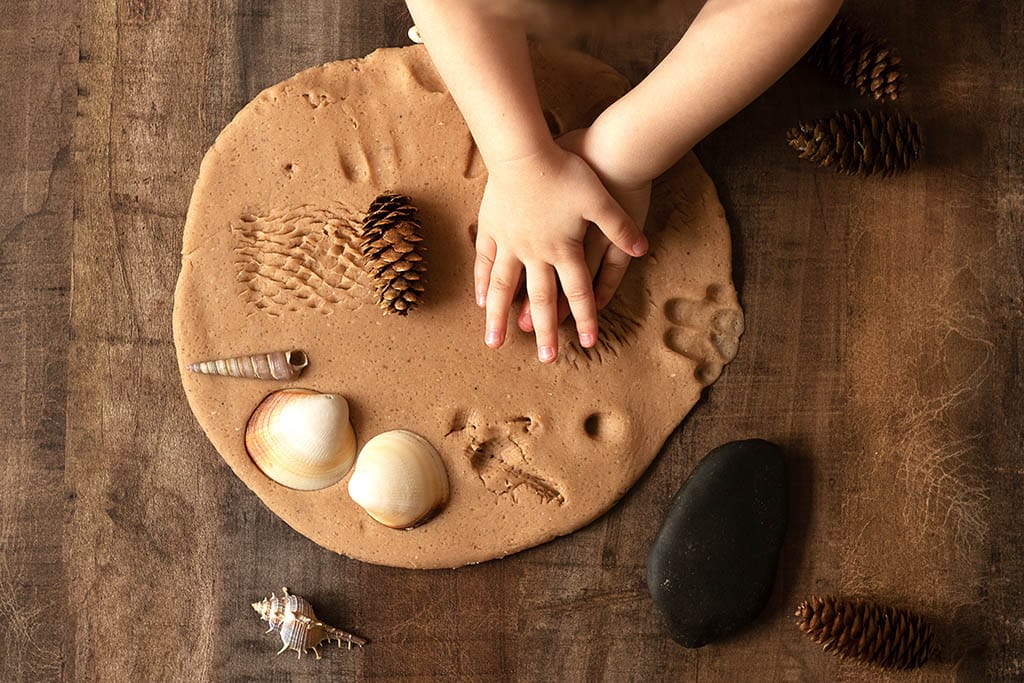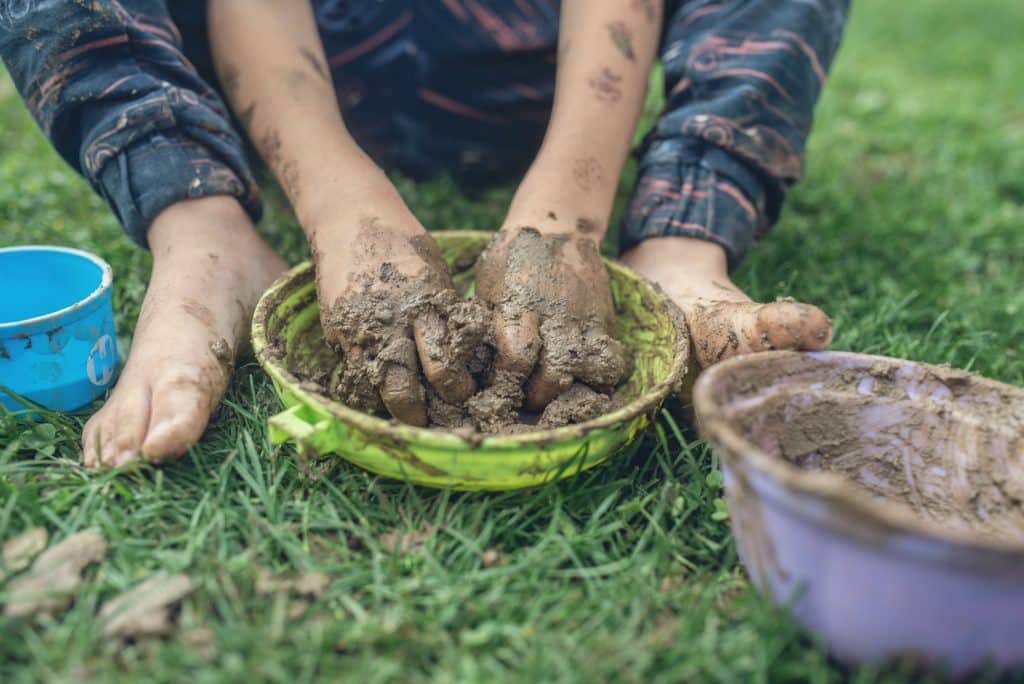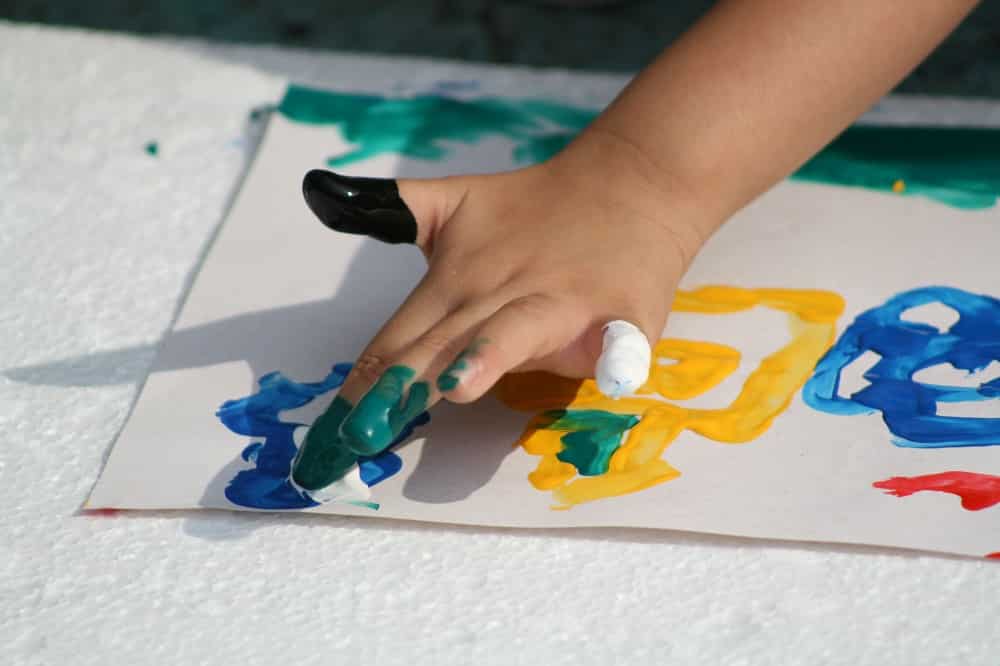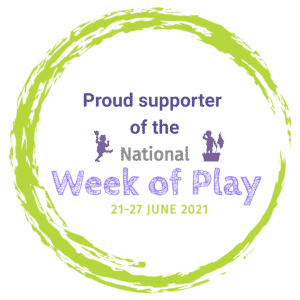Did you know we are meant to play throughout life?
Whether physical activity, social interaction, competition, adventure or art our need to play is hardwired into our brains. Research over the years tells us that play is no longer thought of as a waste of time!! Play is recognised as being necessary for learning, a very purposeful act. “Play Vaccinations’ – a regular dose of play has immeasurable health benefits.
“There is a strong connection between the practice of play and the emotional and cognitive development of the brain. So not only will engaging in play, which could include physical activity, a creative practice such as painting or simply giggling with your child, improve your physical and emotional wellbeing, it can reinforce patterns in your brain and optimise the learning process.” Stuart Brown MD Founder of National Institute for Play
Scientists have found there is overwhelming evidence that playful behaviour has a very powerful and positive effect on the brain. So powerful that the amount of play a child does influences their ability to learn. But not just any play, to make the most of early brain development researchers say that children need free play.
“No coaches, no umpires, no rule books. Whether it’s rough and tumble play or two children deciding to build a sandcastle together, the children themselves must negotiate.” Sergio Pellis Researcher at University of Lethbridge, Alberta, Canada
By engaging in free play, and a lot of it, your child is learning to make plans, solve problems, regulate and identify emotions. During this play time the brain is building new circuits and increasing the size of the prefrontal cortex to help it navigate these complex social interactions. So, remember the key to making the most of play is it must be free, unstructured, joyful and energizing. Because for play to have this impact on brain development the act of playing must be truly playful.
Some free play ideas:
A cardboard box – before you know it this box can become a fire engine, a football goal, a place to hide, somewhere to climb in or on or.
A set of saucepans or plastic boxes – these are great for sorting, stacking, banging and wearing!
Time outside – let your child direct your time outside, what interests them? Do they want to smell all the flowers, touch all the leaves feel the grass on their feet or find out how far they can jump? You may find out something new based on your child’s explorations!
Some old clothes, accessories and shoes – your child can experience the fabrics, dress up as someone else and just enjoy the freedom of imagination with no rules.
A bowl filled with child friendly bubble bath – is a great way for your child to free play. They can wash some dolls, play with boats, or just enjoy watching which items float and which sink.
Blocks – children love to stack blocks, knock them down, make long lines and put them in and out of containers.
Messy play is an exciting tactile and sensory experience, inspiring curiosity and allowing children to explore the world around them, enhance their learning, language and creativity.
Some messy play ideas:
Playing with store cupboard materials – a large container filled with rice, flour, pasta or other inexpensive items can be great for cognitive development. Add (or allow your child to add) different amounts of water and see how your child enjoys the new textures. Cornflour is a great texture for children.
Playing with dough – squishing, rolling and shaping dough is a brilliant way for your child to free play. How to make your own play doh
Playing with mud – Children love mud, and it has been proved to be beneficial for children’s brains. Some soil in a container, some water and some spoons, combs and small toys can be hours of fun.
Paints – different coloured paints squeezed in a container allow your child to feel the paint, spread it around, make different patterns and really experience colour. Vegetables make great printing blocks too! A big roll of old wallpaper or lining paper outside allows your child to have lots of fun with minimum mess. Learn how to make homemade paint here
Let’s get out there and play with our children, no excuses needed play is good for all of us!!
Have Fun & PLAY ON!!!!!
As part of the National Week of Play the Early Years Alliance have produced a series of Family Time Tip Sheets.
Download todays Sheet for more ideas for play:

